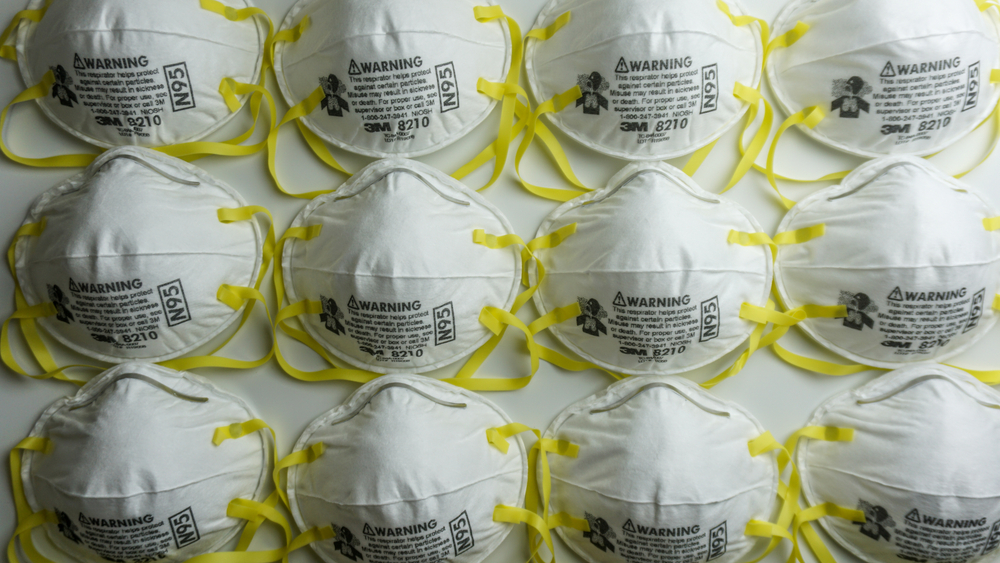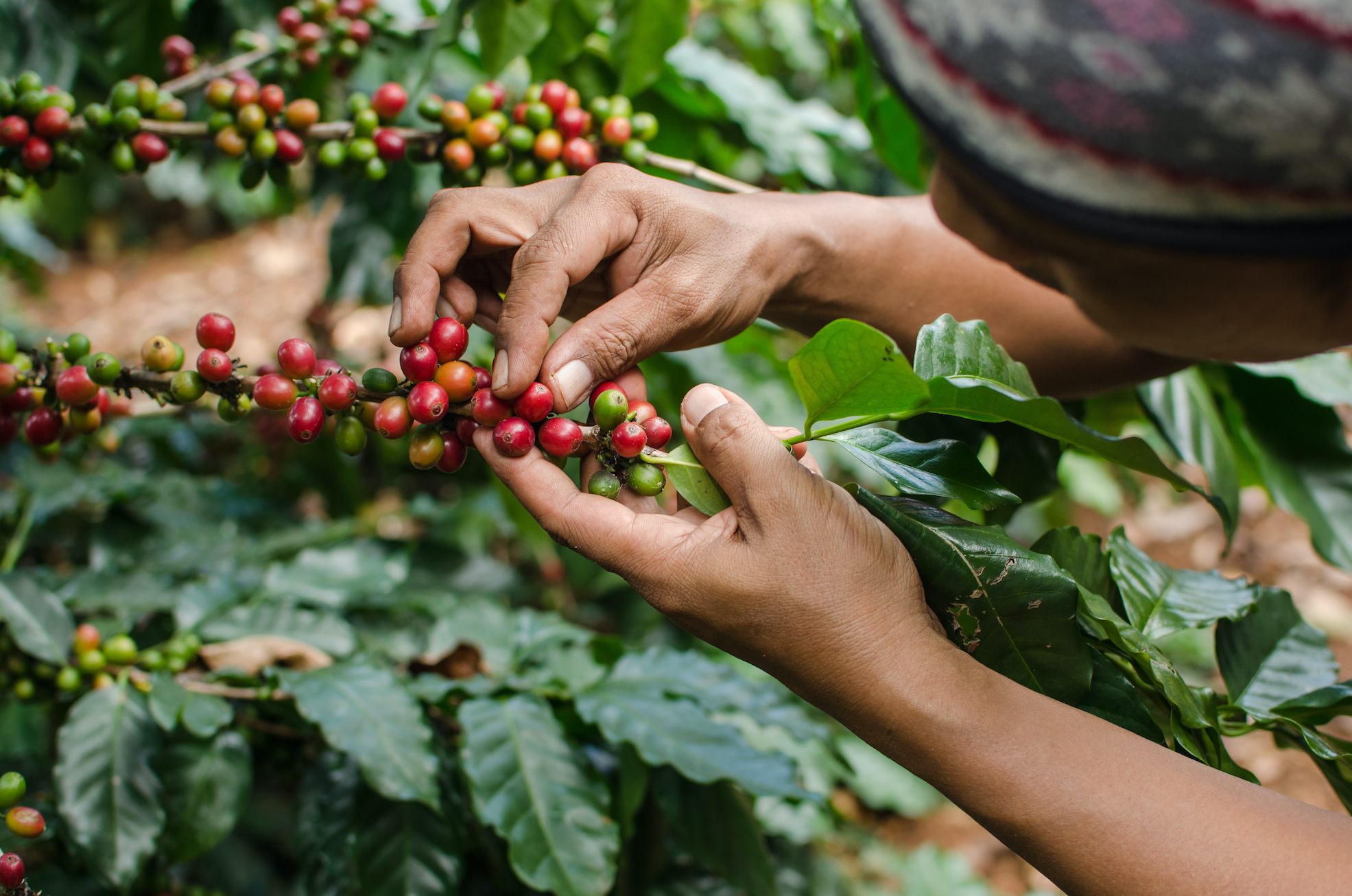Episode 224: Biodiversity, climate tech and voices of clean energy equity
Heather Clancy
Fri, 06/12/2020 – 02:15
Week in Review
Stories discussed this week.
- Leading the sustainability transformation
- Funding climate tech and entrepreneurs of color should go hand in hand
- How sustainability professionals can uplift the black community
- How on-demand delivery apps could encourage low-carbon food
Features
A new angel fund dedicated to decarbonization (18:50)
Ramez Naam, futurist and board member for Seattle-based angel investor network E8, chats about the new Decarbon-8 fund and why seeking racially diverse founders will be a priority. “Because if we are going to help some people build companies in this, and they’re going to profit, as the entrepreneurs should, we’d like some of that to go back into those people, in those communities,” he says.
Funding biodiversity (31:14)
William Ginn, author of the new book “Valuing Nature,” talks with Associate Editor Deonna Anderson about ways the private sector can address biodiversity.
Voices of the clean energy equity movement (48:25)
GreenBiz Senior Analyst Sarah Golden shares highlights of conversations with Bartees Cox, director of marketing and communications at Groundswell, an organization that brings community solar to low-income customers; Alexis Cureton, former electric vehicle fellow at GRID Alternatives, which works to bring clean energy jobs and access to low-income communities; and Taj Eldridge, senior director of investment at Los Angeles Cleantech Incubator.
*Music in this episode by Blue Dot Sessions, AdmiralBob 77, Stefan Kartenburg and Lee Rosevere: “Throughput,” “Our Fingers Cold” and “Hundred Mile — Atmospheric” (Blue Dot); “Two Guitars” (AdmiralBob 77); “The Vendetta,” “Guitale’s Happy Place” and “Arc de Triomphe” (Kartenburg); “Curiosity” and “I’m Going for a Coffee” (Rosevere)
*This episode was sponsored by UPS.
Virtual conversations
Mark your calendar for these upcoming GreenBiz webcasts. Can’t join live? All of these events also will be available on demand.
The future of risk assessment. Ideas for building a supply chain resilient to both short-term disruptions such as the pandemic and long-term risks such as climate change. Register here for the session at 1 p.m. EDT June 16.
Supply chains and circularity. Join us at 1 p.m. EDT June 23 for a discussion of how companies such as Interface are getting suppliers to buy into circular models for manufacturing, distribution and beyond.
Fleet of clean fleet. Real-life lessons for trucking’s future. Sign up for the conversation at 1 p.m. EDT July 2.
Resources galore
State of the Profession. Our sixth report examining the evolving role of corporate sustainability leaders. Download it here.
The State of Green Business 2020. Our 13th annual analysis of key metrics and trends published here.
Do we have a newsletter for you! We produce six weekly newsletters: GreenBuzz by Executive Editor Joel Makower (Monday); Transport Weekly by Senior Writer and Analyst Katie Fehrenbacher (Tuesday); VERGE Weekly by Executive Director Shana Rappaport and Editorial Director Heather Clancy (Wednesday); Energy Weekly by Senior Energy Analyst Sarah Golden (Thursday); Food Weekly by Carbon and Food Analyst Jim Giles (Thursday); and Circular Weekly by Director and Senior Analyst Lauren Phipps (Friday). You must subscribe to each newsletter in order to receive it. Please visit this page to choose which you want to receive.
The GreenBiz Intelligence Panel is the survey body we poll regularly throughout the year on key trends and developments in sustainability. To become part of the panel, click here. Enrolling is free and should take two minutes.
Stay connected
To make sure you don’t miss the newest episodes of GreenBiz 350, subscribe on iTunes. Have a question or suggestion for a future segment? E-mail us at [email protected].
Equity & Inclusion
Environmental Justice
Biodiversity
Innovation
Climate Tech











